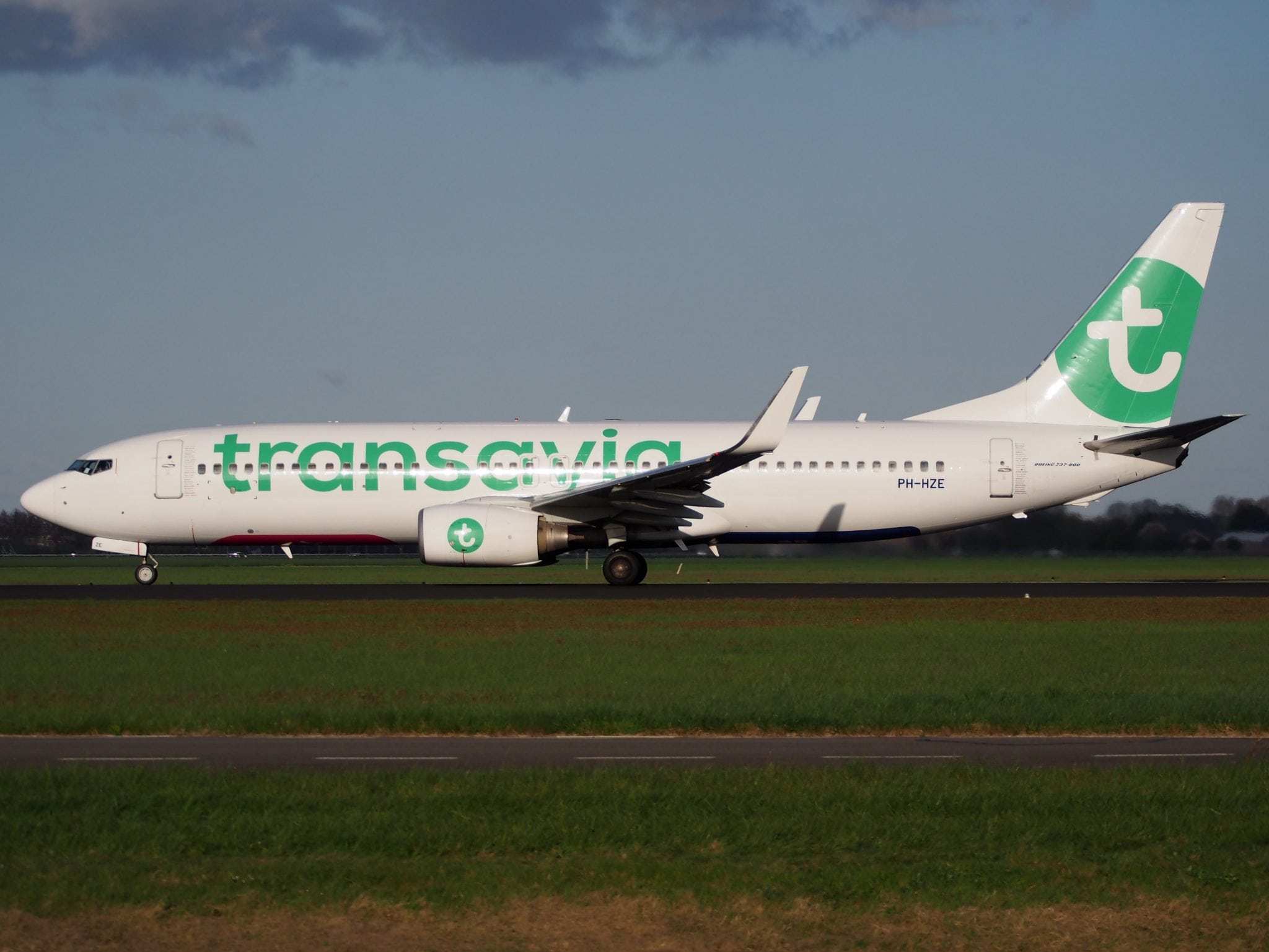Air France-KLM's New Strategic Plan, Explained

Skift Take
Giant legacy companies the size of Air France-KLM have trouble innovating regardless of the industry. We can give it some credit for trying, but it's not clear the strategies outlined this week will markedly change the company's fortunes.
Air France-KLM controls two of the world's most iconic airline brands, but like most of Europe's legacy holding companies, it faces intense pressure, not only from discounters in Europe, but also from the three powerful Gulf airlines, who have poached some of their most lucrative passengers and depressed average coach fares on key segments.
Like its two major competitors, International Airlines Group, owner of British Airways, Aer Lingus, Vueling and Iberia, and Lufthansa Group, owner of Lufthansa, Swiss, Austrian and Eurowings, Air France-KLM is wrestling with how to remain relevant and profitable in a changing European airline landscape.
On Nov. 3, new Air France/KLM CEO Jean-Marc Janaillac announced a turnaround plan for the company. Janaillac has worked in transportation and tourism for decades, and most recently led bus and train operator Transdev. Earlier this year, Janaillac, who worked at Air France in the 1980s and as senior executive at a smaller French airline in the 1990s, replaced Alexandre de Juniac, now head of the global airline trade group IATA.
Janaillac's charge: To make his legacy airline company more competitive.
"With other European airlines, we pursue the same goal — which is to reduce our cost structure by different ways in order to be able to compete against Gulf carriers and the European low cost carriers," Janaillac said Wednesday on Air France-KLM's third quarter earnings call.
Here's w
